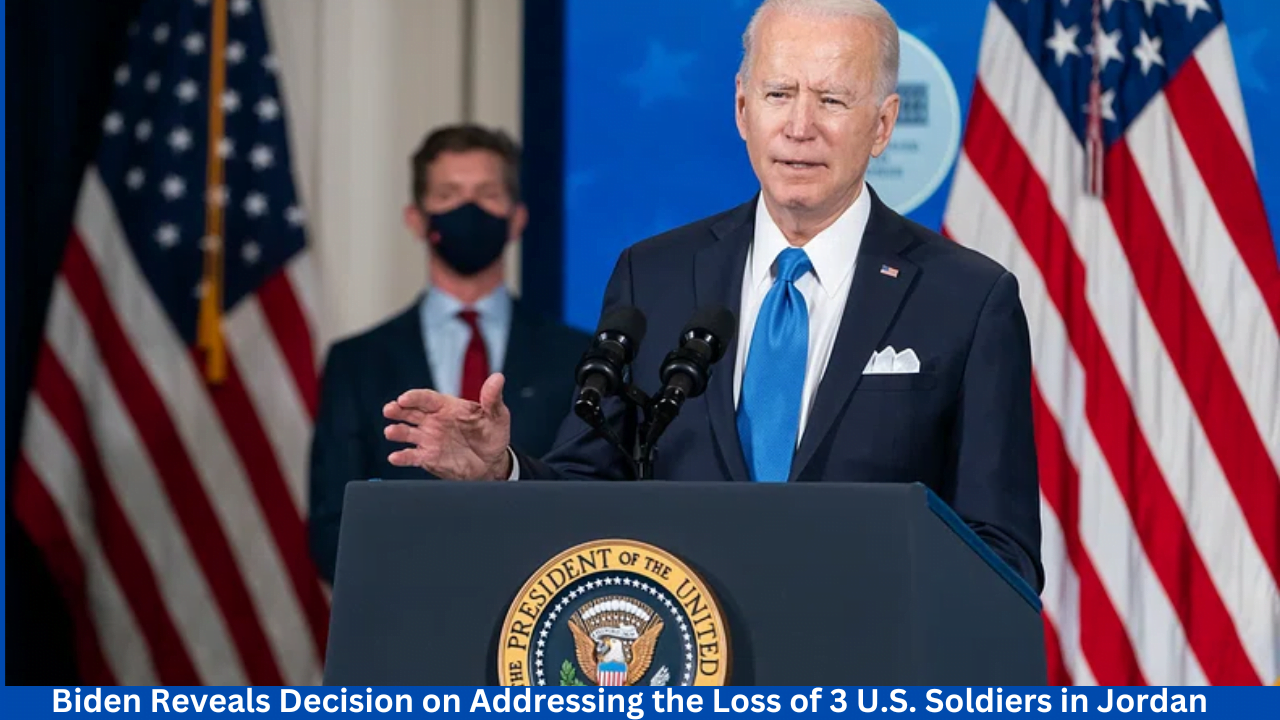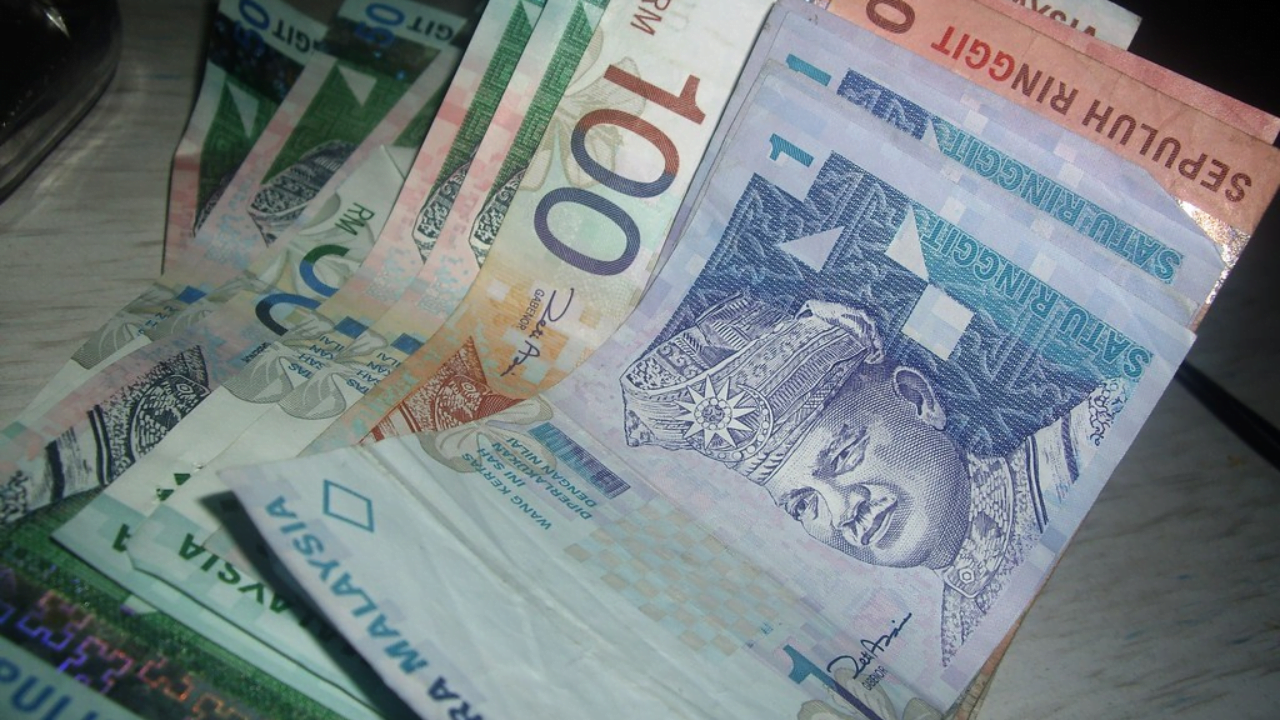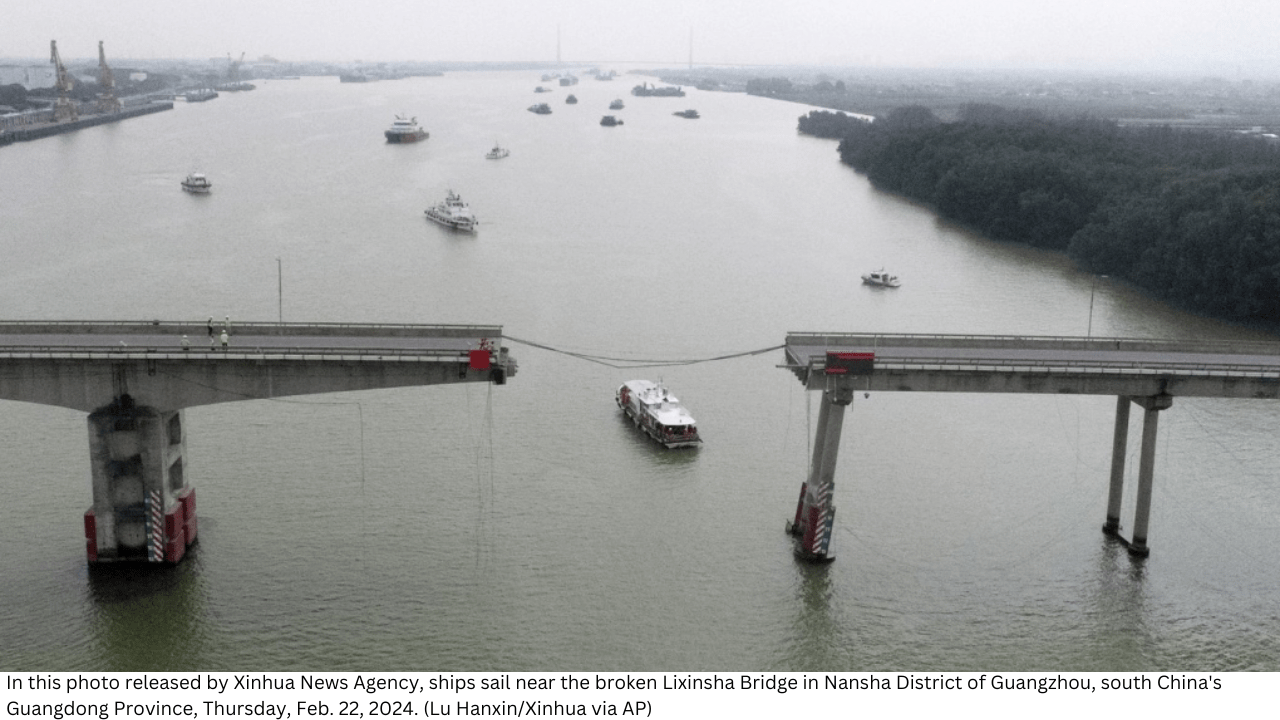During the annual Muslim Hajj trip to Mecca, hundreds of pilgrims have perished and others have had heatstroke treatment in extreme temperatures that reached as high as 49 degrees Celsius (120 degrees Fahrenheit).
Over 2,700 individuals received treatment for heatstroke, according to a Monday announcement from the Saudi government. Numerous individuals have been posting on social media about their loved ones going missing in the meantime.
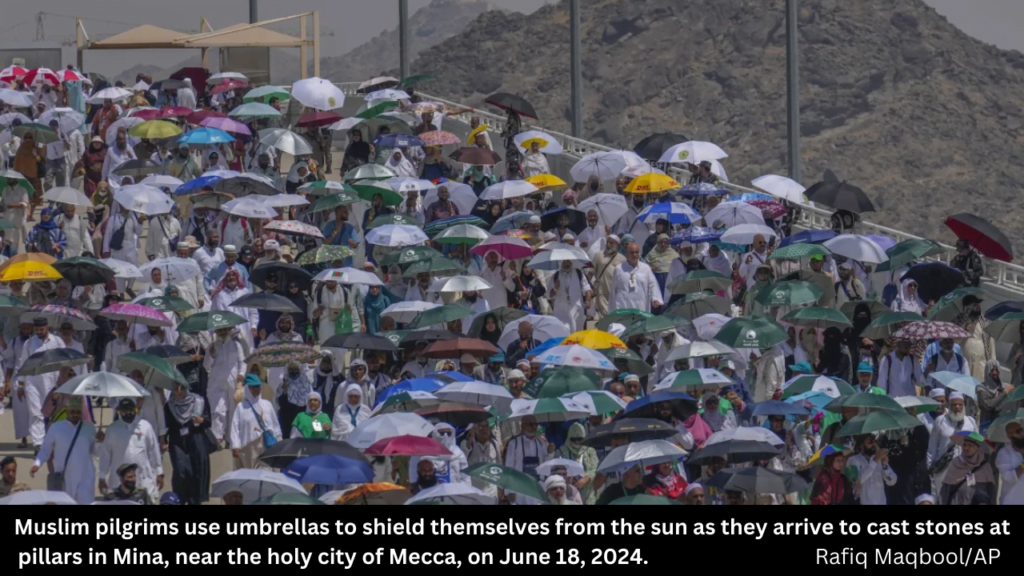
This year’s Hajj is one of the biggest religious gatherings in the world, with over 1.8 million people, according to the Saudi General Authority for Statistics.
Although pilgrimages often result in fatalities (over 200 pilgrims died in the previous year), the gathering this year is taking place in unusually hot weather.
Every year, the Islamic calendar determines the Hajj season, which this year happened in June, one of the hottest months in the kingdom.
Following a record-breaking 49 degrees Celsius (120 degrees Fahrenheit) on Monday, Saudi Arabia issued a warning to pilgrims not to carry out the “stoning of the devil” ceremony during specific hours.
In light of the extreme weather, Hajj organizers have advised pilgrims to take umbrellas and drink plenty of water. More than 1,600 Saudi army soldiers, including 30 rapid response teams and medical units dedicated to treating heatstroke, have also been deployed. There are an additional 5,000 volunteers providing health and first aid.
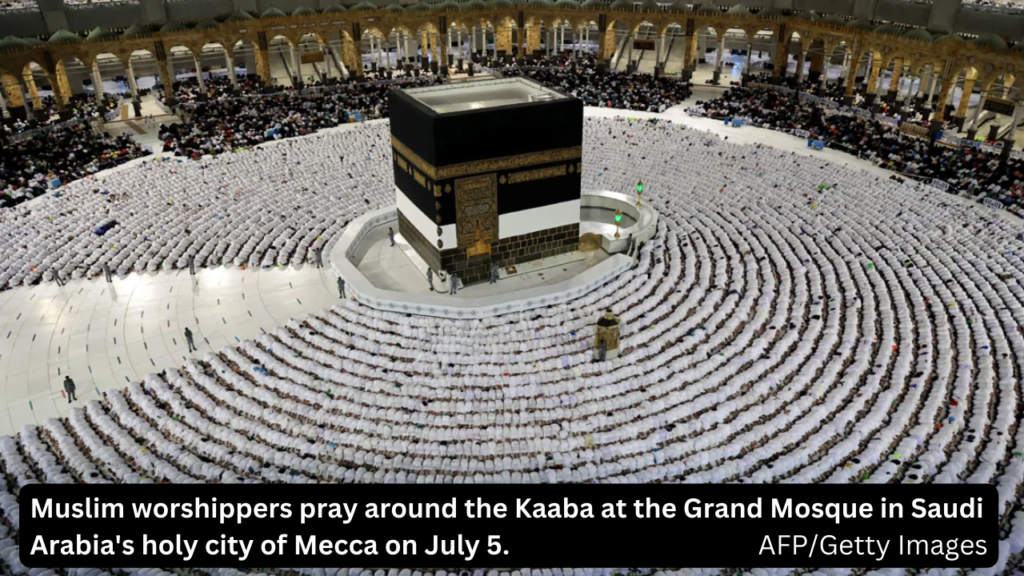
Hajj’s Dual Role: Spiritual Fulfillment and Economic Growth in Saudi Arabia
Hajj is one of the five pillars of Islam, and it mandates that every Muslim who is financially and physically capable travel to the holy city of Mecca at least once in their lifetime.
The pilgrimage consists of a number of intricate ceremonies, such as the symbolic stoning of evil, a counterclockwise circular procession around the cube-shaped Kaaba edifice, and the donning of a unique garment that represents human equality and oneness before God.
As the custodian of Islam’s holiest places, the king of Saudi Arabia derives great pride from the Hajj. However, the pilgrimage contributes significantly to Saudi Arabia’s economy.
Saudi Arabia started a $21 billion project to enlarge the Grand Mosque in Mecca to accommodate 300,000 more worshipers shortly after King Salman bin Abdulaziz came to power in 2015. A year later, the pilgrimage was named as a crucial element of a strategy by then Deputy Crown Prince Mohammed bin Salman to diversify the Saudi economy by 2030.
Experts claim that the pilgrimage’s economic advantage is negligible in contrast to the kingdom’s daily revenue of about $1 billion from oil sales. In the long run, nevertheless, its immense, unrealized potential may yield substantial wealth for the realm.
According to government figures quoted by Reuters, pilgrimages were expected to bring in an average of around $30 billion yearly and provide 100,000 employments for Saudis when the country welcomed about 21 million worshipers annually during the 10-day Hajj and the year-long Umrah pilgrimage. The government aims to attract 30 million pilgrims by 2030.

